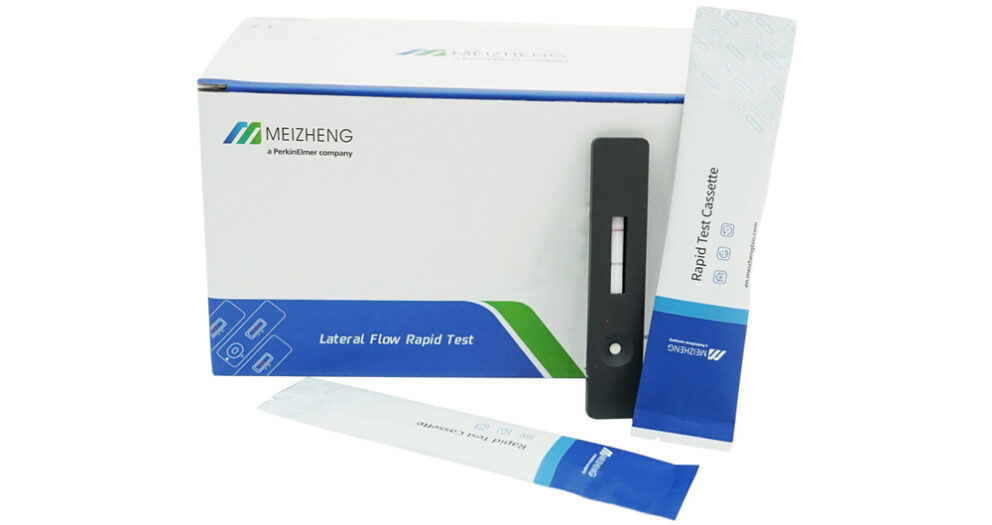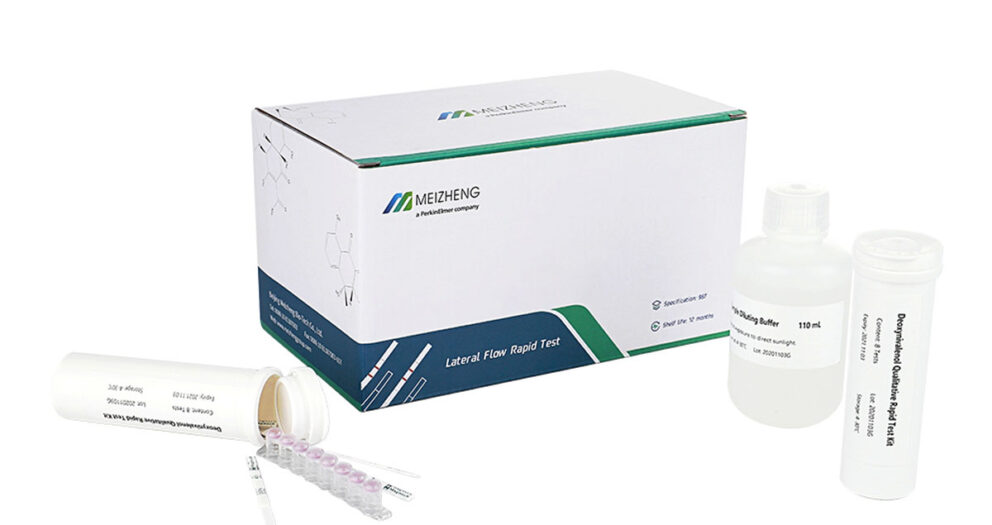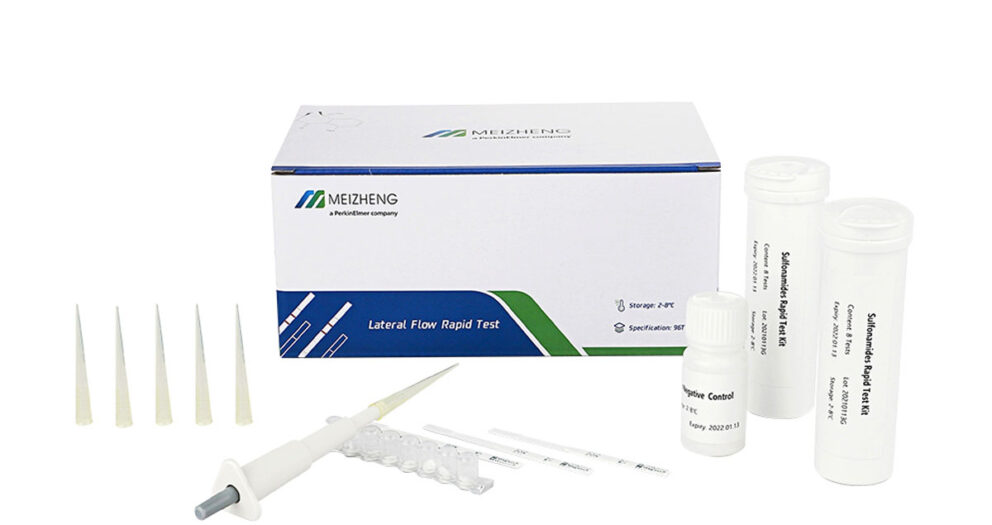What are antibiotics:
Antibiotics are a class of secondary metabolites with anti-pathogen or other activities produced by microorganisms (including bacteria, fungi, actinomycetes) or higher animals and plants during life activities, and can interfere with the normal physiological functions of other biological cells. Substances, antibiotics commonly used in clinical practice include extracts from microbial culture fluids and chemically synthesized or semi-synthetic compounds. According to the bactericidal mechanism, antibiotics are mainly divided into the following four types: β-lactam antibiotics that hinder the synthesis of bacterial cell walls; polymyxin and gramicidin, which act on bacterial cell membranes; some antibiotics interact with bacterial ribosomes or their reaction substrates (such as tRNA, mRNA) interact to inhibit protein synthesis. In this way, bactericidal agents include tetracyclines, macrolides, aminoglycosides, chloramphenicol, etc.; and others by hindering bacterial DNA replication and transcription , thereby preventing protein synthesis, such antibiotics are mainly quinolones (such as ofloxacin).
The dangers of antibiotic residues:
The amount of residual antibiotics in food is generally very low, and the direct toxicity to the body is also small, but after long-term intake, it will accumulate in the body, causing potential or direct harm to human health. Eating food with antibiotic residues for a long time may lead to drug resistance of bacteria, which will seriously affect people’s disease treatment.
In addition, some antibiotics, such as penicillin, tetracycline, sulfonamides, and certain aminoglycoside antibiotics, may cause allergies in susceptible individuals even at very low doses. In severe cases, symptoms such as rash, difficulty breathing, shock, and even life-threatening Among them, the widely used penicillin has the greatest impact, which can quickly produce strong immunity; some antibiotics have an impact on the hematopoietic lymphatic system and internal organs, which may reduce immune function; some antibiotics even have teratogenic, carcinogenic, mutagenic effects The role of chloramphenicol, such as chloramphenicol, can cause cytopenias, and even lead to aplastic anemia in humans, and can easily cause circulatory failure in premature infants and neonates.
In view of the seriousness and prevalence of antibiotic residues, the Ministry of Health, the Ministry of Agriculture, the General Administration of Quality Supervision, Inspection and Quarantine and other relevant departments have listed them as the focus of their supervision work, and made every effort to prevent and control the harm caused by antibiotic residues in food to people.

Antibiotic Residue Rapid Test Kits can quantitatively detect the content of antibiotic residues (penicillins, sulfonamides, quinolones, tetracyclines, cephalosporins, amides and other antibiotic residues) by testing the intensity of CT lines by reflection spectroscopy; antibiotic residue Rapid Test Kits are widely used in farms, aquatic products market, aquatic product deep processing enterprises, inspection and quarantine units, etc.






